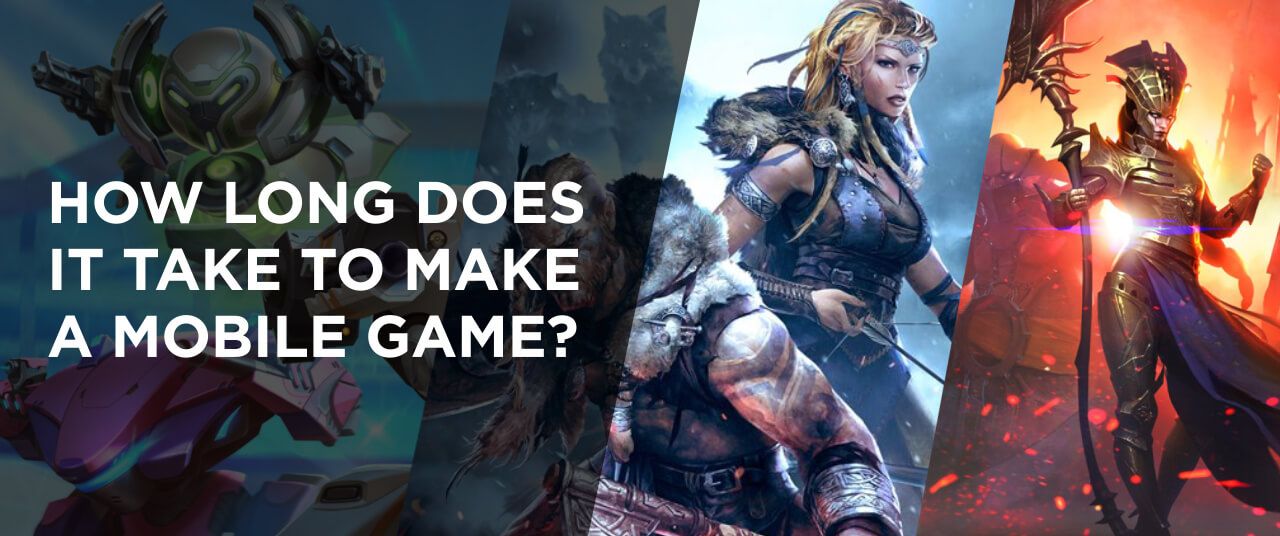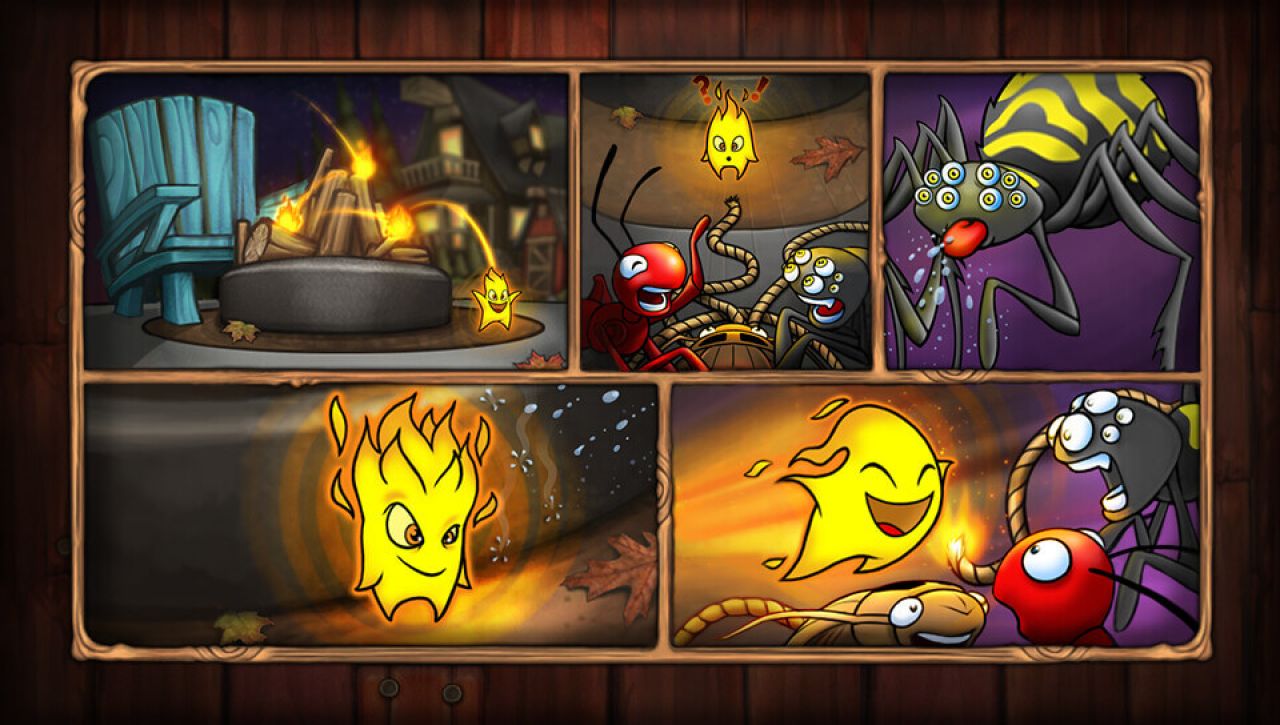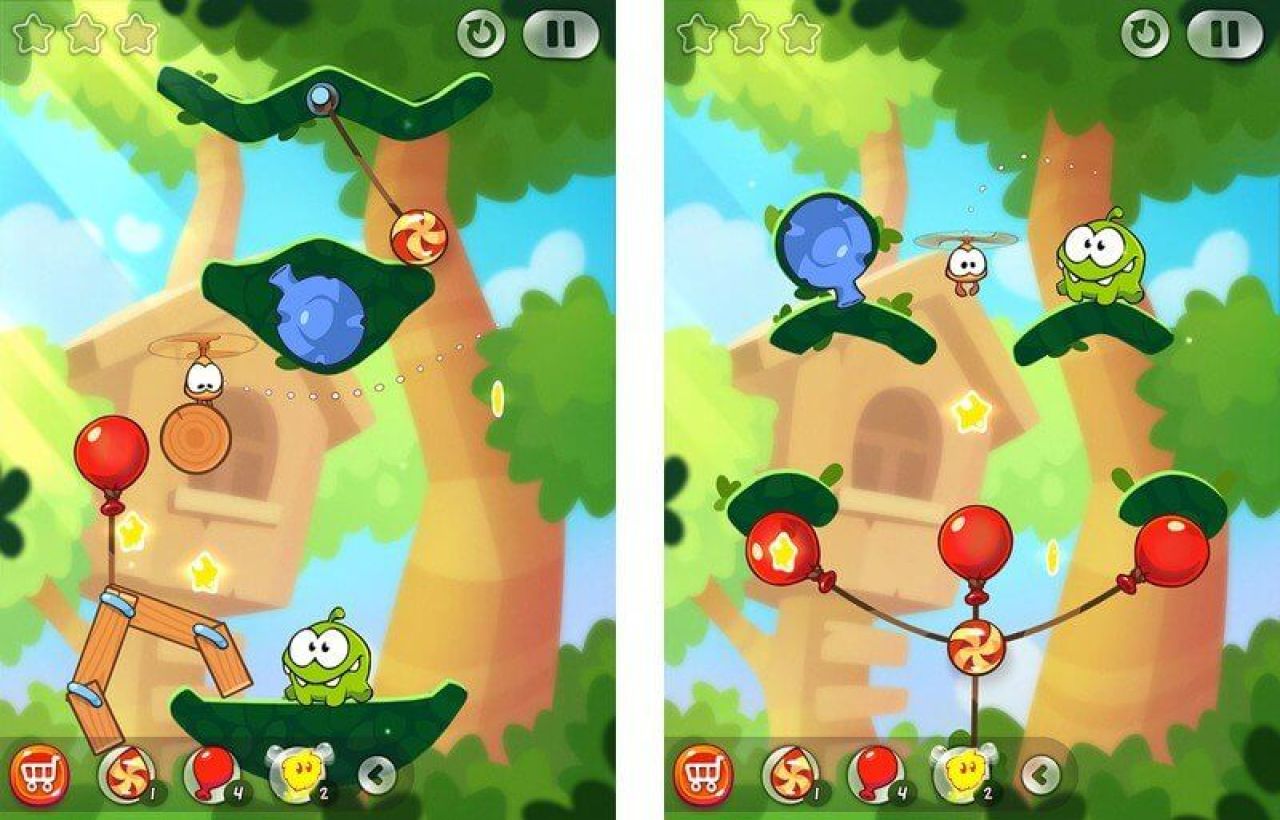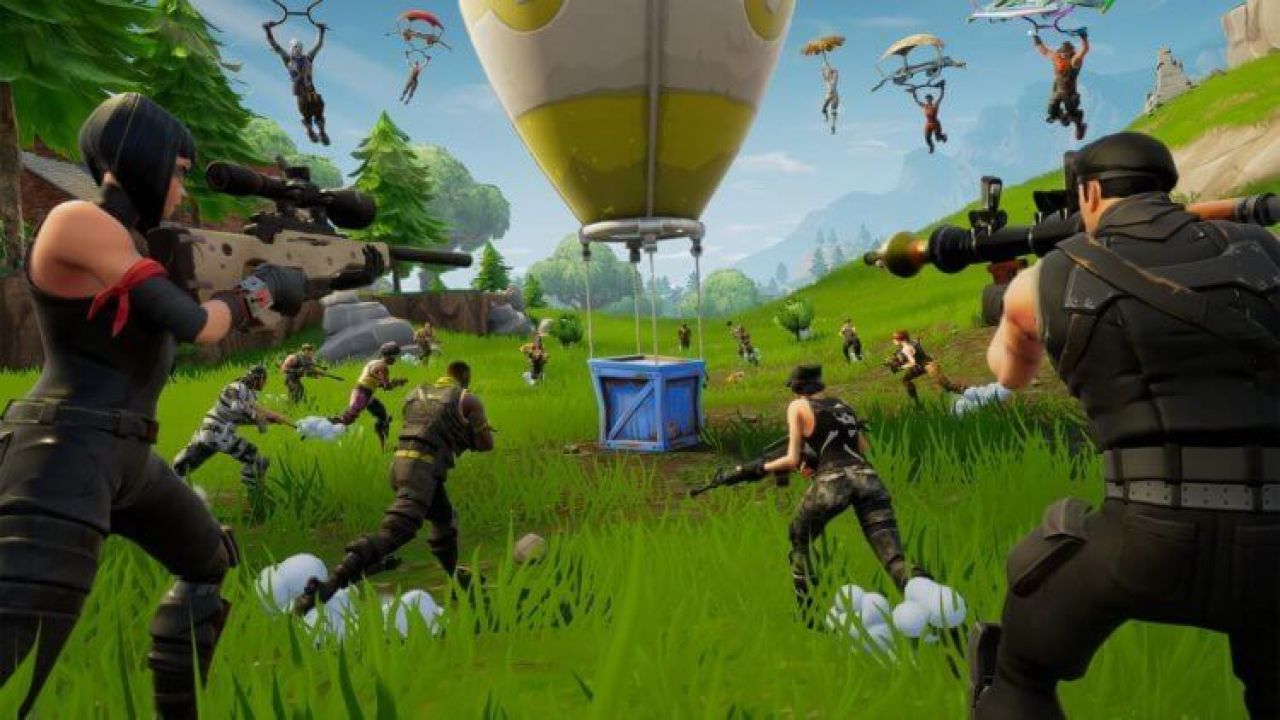How Long Does It Take to Make a Mobile Game?

How long does it take to make a mobile game? Game development time depends on many factors, the most important of which is the complexity of the game. Developing a mobile game from start to finish can take anywhere from several months to years. In general, a small game will be faster to make than a sprawling, more ambitious one, and a large team working on a project will almost always get the job done faster than a basic, minimal team.
In this article, we’ll give you a basic understanding of game development timeframes and what influences them. Then we’ll discuss what you can do to get an accurate estimate and start developing your mobile game. In addition, we’ll figure out how much game development will cost.
Here’s What We’ll Cover
The Game Development Process: Which Stages Take the Most Time?
The game development process usually consists of three main stages: pre-production, production, and post-production. Each step is an important element of the development process and cannot be skipped if you want to build a great game.
Let’s take a closer look at all of the game development stages and study each one in detail.
Pre-production
This is where every game development project begins. In a nutshell, pre-production defines what the game is about, why it should be made, and what it will take to make it. This stage can last anywhere from a week to a year, depending on the project type, resources, and funds available. It typically accounts for around 20% of total production time. The data gathered in the pre-production stage serve as the basis of the game design document (GDD).
Game design document (GDD)
A GDD is a dynamic document that helps all stakeholders understand and get on board with the larger vision for the project. The GDD typically includes your game’s mechanics, what type of game it will be, its storyline, initial artwork, a brief, and so on. It keeps your team organized, helps identify potential risks, and allows you to see ahead of time what functions you may need to outsource to bring your project to life.
The GDD is continuously updated and refined throughout production. Reasons for this can range from technical or financial limitations to the understanding that not everything looks, plays, or works how you’d originally envisioned.
Prototyping
A game prototype enables you to check your game’s functionality, user experience, gameplay, mechanics, and art direction. This helps you determine whether the game idea will work and is worth implementing. Prototyping also helps you identify issues that could potentially change the course of your entire project.
To save time and money, you can utilize placeholder assets, which replace items like weapons and equipment early in testing and, if approved, can later be replaced with final, high-quality versions. Placeholder assets usually have quite simple shapes but can also be more complex.
It’s worth noting that not all ideas make it past this step.
Production
Production is one of the most time-consuming and labor-intensive parts of the process of developing a mobile game. It can last anywhere from a few months to years. At this stage, the team works on the game’s character models and rendering, audio components, level design, and so on. Developers work on the code, and project managers ensure that all departments work together seamlessly and that deadlines are met, in addition to handling all aspects of the organization.
In addition, there may be changes in your team’s project business model and development. Applying the Agile methodology can help ensure that your project can adjust to fit new requirements and prioritize functionality.
Let’s take a look at the main milestones in creating a game as well as some key members of the development team.
Production milestones
Milestones mark major events in game development and are used to track game development progress. Milestones may be, for example, the first playable, alpha, or beta version of the game. There is no industry standard for defining milestones, and as such they vary depending on the publisher and project.
Key game development roles
While game developer roles vary depending on the size and type of game development company, below are some commonly found positions:
- Project manager
- Game developer
- Game designer
- Level designer
- Game artist
- 3D modeler
- Game animator
- FX artist
- Audio engineer, sound designer, and composer
- QA (quality assurance) or mobile game tester
In addition to the game development roles mentioned above, you can bring on a number of other specialists:
- Quest and combat designer
- Writer
- Interpreter and translator
Post-production
Once production is completed, the game development process continues, with some team members involved in maintenance (such as fixing bugs and creating patches) or creating bonus or downloadable content.
The game should not stop evolving and growing. When numerous players have unlocked most of the levels in your game, it’s time to release updates and new versions. For example, you can add seasonal events and holiday items. Releasing holiday updates is a great way to monetize.
At this stage, maintenance can last for 20 years, whereas additional development may take one to two years.
How Long Does It Take to Make a Mobile Game?
So, what is the development time for different types of mobile games? To provide you with a rough estimate of the time needed to develop a game, we’ve roughly divided mobile game projects into three “speed groups.”
Fast Development
If all you’re after is a basic Pac-Man clone, you could have your game built in a short time. Development for this type of project will take on average three months. Such games are likely to be 2D in appearance, with a simple visual style and gameplay. They will probably only have a few levels and will not feature a great deal of extra content. Burn the Rope is a good example of this type of game.

Medium Development
Most well-known independent games fit into this category. Development for this type of project takes on average six to 18 months. These games have many more levels, characters, and plots. They also appeal to a wider audience than fast-development games. F1 Clash and Cut the Rope are great examples of games in this category.

Lengthy Development
Games in this category contain a lot of content and have greater depth of gameplay. Most popular free-to-play games, such as Fortnite, fit into this category. Epic Games first announced Fortnite in 2011, and it took more than six years of work before the game was ready to launch. However, these games are usually developed in around two years.

Factors That Influence Game Development Time
The speed of mobile game development depends on factors like the complexity of the development process, code quality, team size, and productivity, among many others. Let’s take a closer look at some of these factors.
-
- Development team size. A big team means big time savings. On the other hand, managing multiple teams isn’t easy, and a partially completed game doesn’t necessarily clearly convey what the final result should look like. The success of each project depends on the efficiency of internal communication.
- Team productivity and efficiency. In general, the performance of the team depends on the contributions of each of its members. If some team members are more skilled and experienced, the team will be able to work faster and smarter to get all of your tasks done.
- Complexity of the development process. Every development team faces issues related to the technical aspects of the project, such as project requirements and tight deadlines. All of these challenges may slow down the software development process.
- Art. Mobile games tend to be faster to develop, as they have fewer 2D and 3D models and are less detailed. That said, it still takes a lot of time to design characters, environments, animation, and so on.
- Game size and complexity. Game development time also depends on how big and complex the future product will be. It’s worth keeping in mind that large projects are not always the most difficult ones. Large projects by default require more expertise, time, and money. This can be the development of a multicomponent game that can run on various platforms and requires robust security features, reliable databases, error handling capabilities, and scalability. The development process often includes integration into multiple systems. Sometimes, it can take more than a year to deliver a high-quality mobile game of this type.
- Game testing and bug fixing. The main goal of game testing is to identify bugs and improve stability and performance. QA specialists should study the game’s rules and requirements and understand its architecture, flow, file structures, and dependencies. The test documents should be frequently revisited with every new prototype of the game to update the specifications, add new test cases, and implement configuration support. When the messiness of your code increases, so does the time that it takes to maintain it.
- Payment options. You can spend time developing a stable payment system for unlockable features, content, and customization, or you can choose a ready-made payment gateway that lets your app accept credit card payments from customers.
The Most Effective Ways to Speed Up the Game Development Process
Unexpected issues can plague a game’s development from start to finish. In this guide, we’ve collected advice from Unity’s expert team of support engineers so you can avoid many of the common pitfalls they see every day. As part of the Integrated Success Services team, they’ve partnered with developers across the industry to help ship their games successfully.
In this section, we’ll look into a few ways you can speed up your development process. Some are tools or techniques, while others are problem-solving approaches. You can pick whichever works best for you and leave the rest.
Boost Your Team
If your team needs assistance implementing complex functionality or part of a project, outsourcing to a dedicated team may be the best choice. This model is the best option for businesses that need to hire a developer while staying under budget. If you want to learn more about hiring remote developers, see the article “How to Find and Hire a Dedicated Software Development Team.”
- Work with small teams. The ideal team usually includes five members. A wise solution for game development projects that require more developers is to divide the overall team into smaller groups based on the project components each member is working on.
- Adopt a lean approach. The lean approach allows you to optimize game development time and resources to focus on what truly matters. Building a mobile game in small increments enables you to receive early feedback from users and make necessary adjustments during the development process.
- Set clear requirements. Take the time to create a project roadmap and GDD and discuss it with the team before beginning the development process. Setting clear project requirements and goals allows you to save time discussing what’s next.
- Create work in progress (WIP) limits in Kanban. Assigning too many tasks hampers project development. Limiting the amount of WIP helps make the development process more efficient. For instance, if you use a Kanban board to manage the development process, you can specify the maximum number of tasks allowed in each column. This ensures you will have enough time for planning and feedback.
- Start with a minimum viable product (MVP). An MVP can help minimize the time and resources you might otherwise commit to building a game that won’t succeed.
- Improve automation. Automation will save your team time and speed up the development and delivery process. You’ll also be more involved in product discovery and work on the overall technical architecture.
- Adopt efficient tools for game design and development. While you can pick any tools to develop the final product or MVP, within a team, it’s preferable that you all work with a common set of tools. For example, 71% of the top 1,000 mobile games in 2020 were created using the Unity platform. Unity includes a robust ecosystem of tools to help make beautiful games that run well on any mobile platform. It also enables you to grow, engage, and monetize your player base to run a profitable business. It is integrated with other game development and design tools like IDEs, graphics tools, version control, and more.
Cost of Developing a Mobile Game
The process of game development is complicated, and the cost depends on many factors, the most important of which is the complexity of the game.
Games development prices can be significantly different. For example, Flappy Bird game development cost $0 to $500, whereas Grand Theft Auto V cost around $265 million.
Below, you’ll find examples of the relationship between mobile game development cost and complexity:
- $1,000–7,000 for mini-games (e.g., Flappy Bird)
- $15,000–30,000 for small games (e.g., Temple Run)
- $60,000–120,000 for medium-sized games (e.g., Angry Birds)
- $150,000–1,000,000 for large games (e.g., Clash of Clans)
- $1–3 million for AAA titles and extra-large games (e.g., PUBG Mobile)
So, you want to develop a mobile game, but don’t want to spend everything on development? We understand. You can find out more about why this is and where the money goes in our article “How Much Does It Cost to Make a Video Game?”
Still Not Sure How Long Your Project Will Last?
It all depends on the specifics of the project. Usually, project managers split projects into milestones, then assign those milestones to different people. Depending on the number of people and their skills, the project manager can estimate the approximate time that will need to be spent on each task and, consequently, on the project as a whole.
Here at VironIT, we can take your project and assign it to our experienced project managers. We’ll define the timeframes for your project and ensure that it runs according to plan. We also know from experience how to speed up game development without sacrificing product quality. For more information, check out our case studies or visit our contact page.




